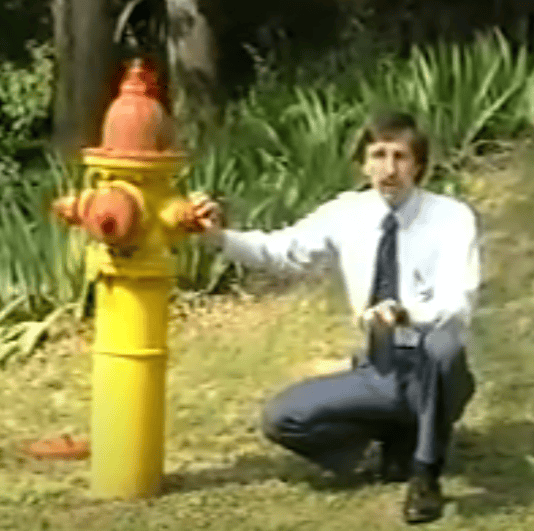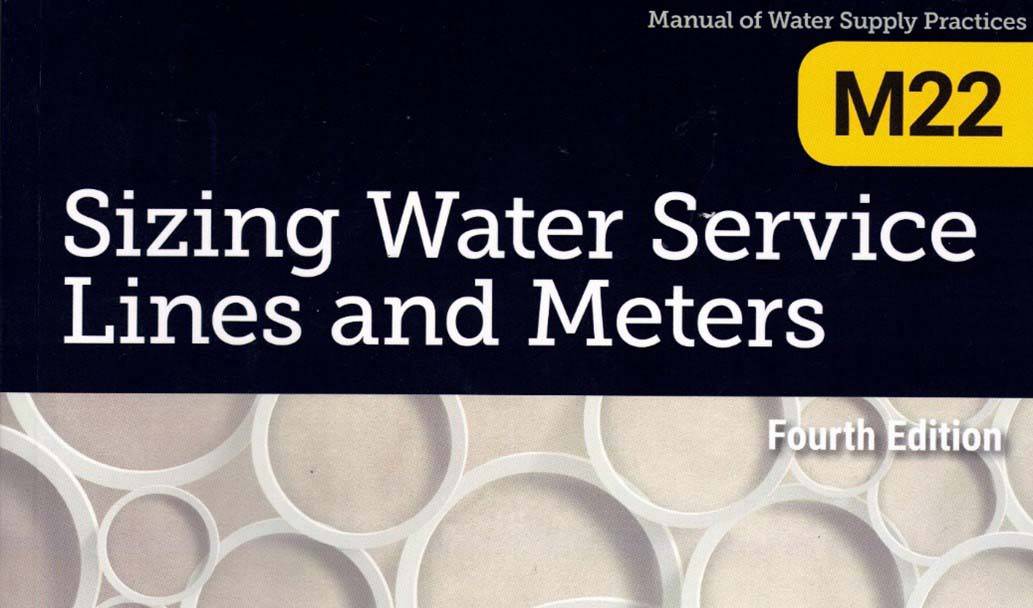Seminal papers are groundbreaking at the time of publication and remain influential many years later.
I recently received word from the ASCE that my paper, “Battle of the Network Models: Epilogue,” published in the Journal of Water Resources Planning and Management, Volume 113, No. 2, 1987, has been selected to receive the Journal’s 2024 Seminal Paper Award. Here’s the story behind it if you are interested.
In the early 1980s, many papers were being published on optimal pipe sizing in water distribution systems. It was hard to compare the methods. At that time, there was a television show, “Battle of the Network Stars,” where various TV stars would compete with one another in various little “athletic” events. The show ran from 1976 through 1988. I thought that would be a good name for a conference session and paper that I called “Battle of the Network Models.”
I drew up a pipe network called “Anytown” and sent it out to everyone working in this area. We had a series of sessions at the ASCE Water Resources Planning and Management Conference in Buffalo, New York, in 1985 that brought together many of the top people in the field. I wrote the summary paper that described the session along with all of the people who participated in the session (Walski, et. al, 1987).

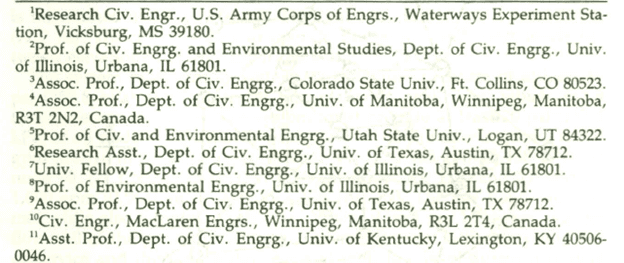
It also influenced others who have worked in this area.
Since then, Anytown has become a standard reference for many researchers working in the field (even though it isn’t a very good model). But it was the first benchmark model that was based on Extended Period Simulations. Until its time, most researchers started their work assuming they were working with a clean sheet of paper and all you needed to consider was peak demand. This was the first benchmark model that looked at extending an existing system.
The Anytown model has been referenced hundreds, if not thousands, of times across various water literature. Even though the state-of-the-art in distribution optimization has moved past this paper, researchers still used it in papers to this day. Some of the people who use it don’t seem to know where it came from. It may never die.
As you can see below, it wasn’t particularly complex.
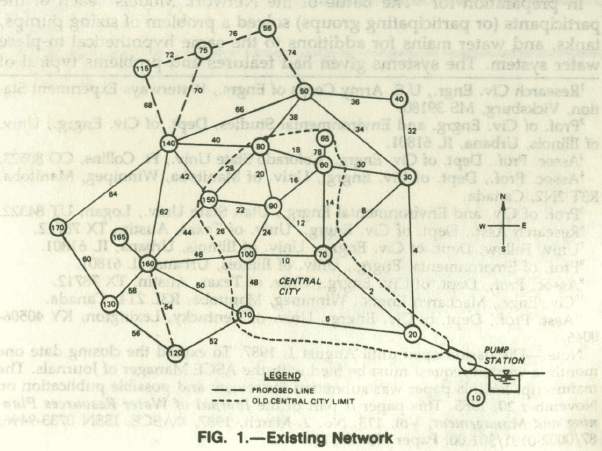
There were seven papers presented in this mini symposium, which was part of the specialty conference, Computer Applications in Water Resources in Buffalo, NY in 1985. Richard Males, who is known for his work in system analysis, was the head of the program committee and Harry Torno, who has made significant contributions to the study of urban runoff pollution, edited the proceedings.
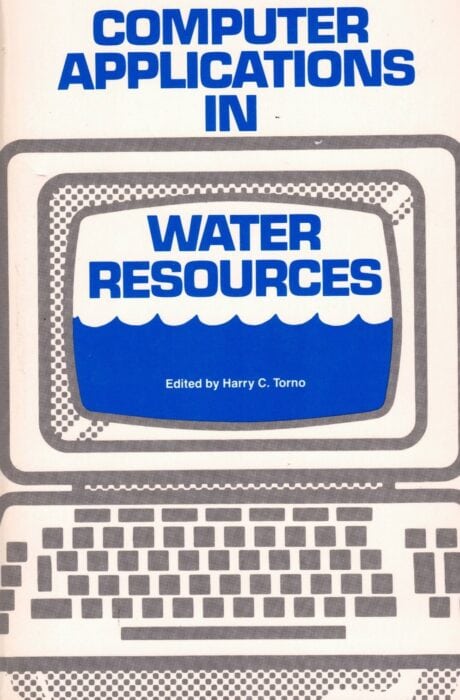
The idea of model “battles” has also persisted. There have been dozens of battles over the years on topics ranging from calibration to model cyber security to intermittent systems. I’ve participated in many as a competitor or creator. Zheng Wu from Bentley Systems and I claim to have “won” the battle when the subject was model calibration. These battles have been a lot of fun and have given grad students plenty of material for their research. The problems, however, have gotten so detailed and complex that practicing engineers don’t have time to join the battles.
I also wrote several other papers that I consider to be seminal in the water industry. In the area of water systems, being able to isolate segments of the system for reliability and maintenance, I wrote the paper, “Water distribution valve topology for reliability analysis” in Reliability Engineering and System Safety, Vo. 42 (1993), which introduced concepts that are now widely used in the industry and have served as the basis for subsequent research. Although, I don’t think an author can claim that one of his/her papers is “seminal.”
Walski, T., 1987. “Battle of the Network Models, Epilogue,” Journal of Water Resources Planning and Management, Vol. 113, No. 2, p. 191-203, March 1987.








